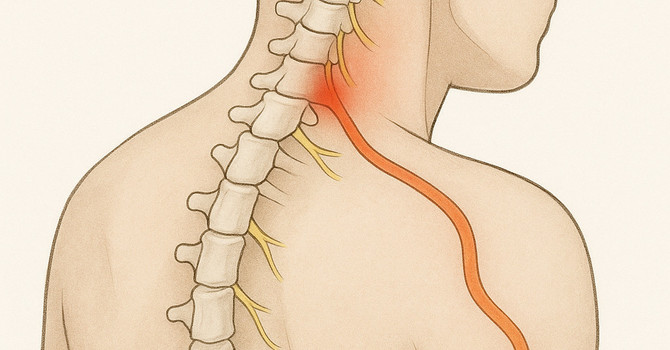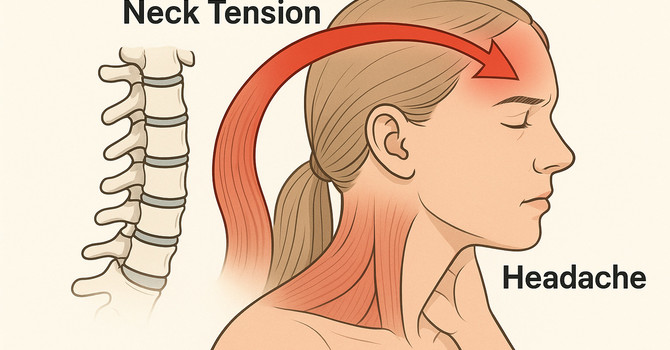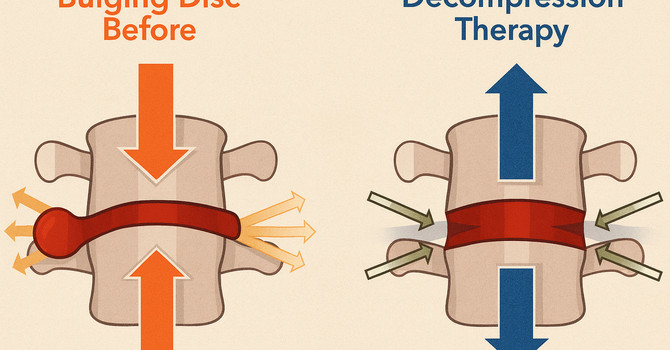Read here how your Olathe Chiropractor explains how to improve your neck posture
Anterior head carriage, also known as forward head posture (FHP), is a common postural distortion that occurs when the head is positioned in front of the body's center of gravity. This seemingly minor misalignment can have significant consequences on overall health and well-being. Understanding the causes, effects, and chiropractic solutions for anterior head carriage is crucial for maintaining optimal posture and preventing long-term health issues.
Causes of Anterior Head Carriage
1. Technology Use:
The most common cause of anterior head carriage is prolonged use of electronic devices. Whether it's staring at a computer screen, texting, or using a tablet, these activities often encourage a forward head position.
2. Sedentary Lifestyle:
Lack of physical activity and prolonged sitting can contribute to poor posture. Sitting for extended periods can weaken the muscles that support the spine, leading to a forward head posture.
3. Poor Ergonomics:
Inadequate workplace ergonomics, such as improper chair height or monitor positioning, can force individuals into unnatural postures that promote anterior head carriage.
4. Muscle Imbalances:
Imbalances in muscle strength and flexibility, particularly in the neck, shoulders, and upper back, can cause or exacerbate forward head posture.
5. Injury or Trauma:
Previous injuries or trauma to the neck and spine can lead to compensatory changes in posture, resulting in anterior head carriage.
Effects of Anterior Head Carriage
Anterior head carriage can have a ripple effect on the body, leading to a variety of physical and even psychological issues:
The forward position of the head places additional strain on the neck and shoulder muscles, leading to chronic pain and tension.
2. Headaches:
Tension in the neck and shoulders can contribute to tension headaches and migraines.
3. Reduced Lung Capacity:
Anterior head carriage can restrict the chest cavity, leading to shallow breathing and reduced lung capacity.
The forward head position can cause misalignment in the cervical spine, leading to issues such as herniated discs and nerve compression.
5. Decreased Balance and Coordination:
Poor posture can affect balance and coordination, increasing the risk of falls and injuries.
6. Mental Health Impact:
Chronic pain and physical discomfort can contribute to stress, anxiety, and depression.
Chiropractic Solutions for Anterior Head Carriage
Chiropractic care offers effective solutions for correcting anterior head carriage and its associated symptoms. Here are some key approaches:
1. Postural Assessment and Correction: I begin with a thorough postural assessment to identify the degree of forward head posture. I then develop a customized treatment plan to correct the alignment.
2. Spinal Adjustments: Chiropractic adjustments can help realign the cervical spine, reducing tension and restoring proper posture.
3. Muscle Strengthening and Stretching: I often recommend specific exercises to strengthen weak muscles and stretch tight ones, promoting a balanced posture.
4. Ergonomic Advice: Providing guidance on proper ergonomics for workstations and daily activities can help prevent the recurrence of anterior head carriage.
5. Education and Awareness: Educating patients about the importance of maintaining good posture and the risks of anterior head carriage is a key aspect of chiropractic care.
Anterior head carriage is a prevalent postural issue with far-reaching consequences on health and well-being. By understanding its causes and effects, and seeking chiropractic solutions, individuals can correct their posture, alleviate pain, and improve their overall quality of life. Chiropractic care offers a holistic approach to addressing forward head posture, ensuring that patients not only find relief but also learn to maintain proper alignment for the long term. If you suspect you have anterior head carriage, consult with a your Olathe Chiropractor to start your journey toward better posture and health.
Dr. Ike Woodroof
Contact Me


